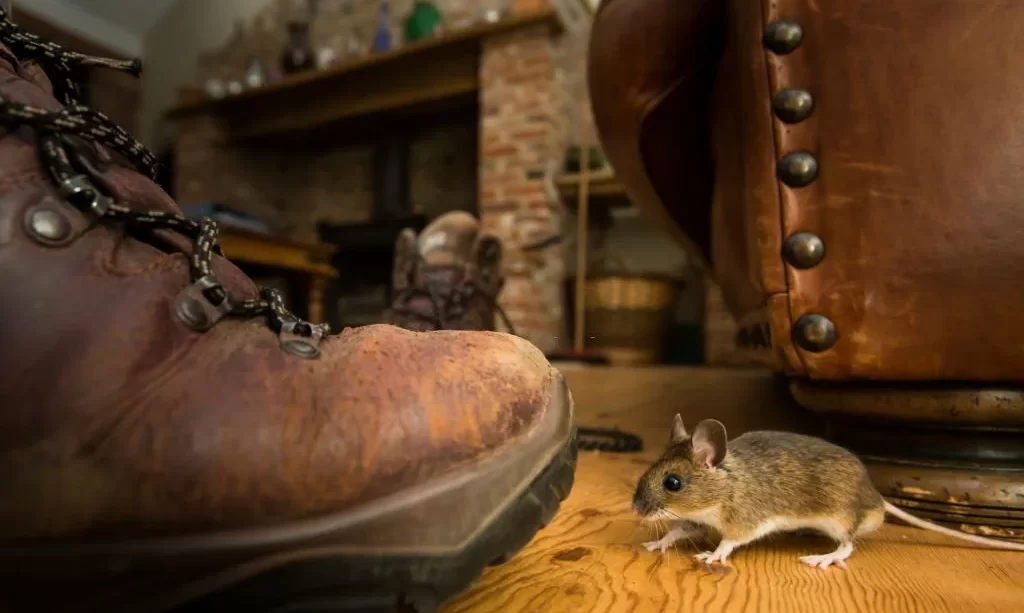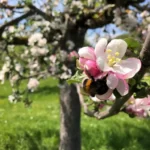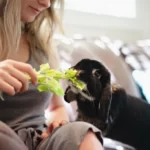Mice, those small, unassuming creatures that often find their way into our homes and gardens, possess a remarkable and often underestimated sensory superpower—their sense of smell. This keen olfactory ability is not just a minor feature of a mouse’s repertoire; it’s a vital tool for their survival and navigation. One aspect of this extraordinary sense of smell that has piqued the curiosity of humans is the question of how far mice can smell the enticing scent of peanut butter. This query takes center stage in our exploration, as we dive into the captivating world of mice and their olfactory prowess to uncover the extent of their scent-detection range.
The Incredible Sense of Smell in Mice
To understand the range of scent detection in mice, we must first appreciate the incredible nature of their olfactory system. Mice have evolved to rely heavily on their sense of smell for a multitude of purposes, from locating food sources to detecting predators and even navigating their surroundings. Their olfactory apparatus is finely tuned, featuring a complex network of sensory neurons within their nasal passages. These neurons are capable of detecting a wide range of odors, often with exquisite sensitivity.
Mice have long been subjects of scientific research on olfaction due to their unique and highly developed sense of smell. Their ability to distinguish between various scents and follow scent trails with precision is nothing short of astonishing. The mouse’s olfactory system is a vital tool that guides them through life’s many challenges, and it is this system that we turn to when pondering their detection of peanut butter’s alluring aroma.
Peanut Butter as an Attractive Bait for Mice
The use of peanut butter as bait for mouse traps is a common and widely acknowledged practice. But what is it about this particular spread that makes it so irresistibly attractive to mice? Peanut butter, with its rich and fragrant aroma, presents a sensory temptation that is hard for mice to resist. Its strong scent can travel through the air and linger, creating a perceptible trail that a mouse can follow.
Peanut butter’s appeal as bait is further enhanced by its high fat content, which provides a concentrated source of energy for these small rodents. Whether it’s the creamy or crunchy variety, the scent of peanut butter acts as a powerful lure, making it a go-to choice for homeowners and pest control professionals. The question then arises: How far can the smell of peanut butter, in all its aromatic allure, travel in the air and capture the attention of mice, drawing them into the trap?
The Range of Mouse Olfactory Detection
To uncover the true extent of a mouse’s scent-detection range, we turn to scientific investigations and observations. Mice are known to have an impressive ability to detect scents, and studies have explored the range over which this ability operates. Their olfactory acumen allows them to sense the presence of odors, including the tempting scent of peanut butter, over considerable distances. However, the exact range can vary depending on several factors.
Factors such as environmental conditions, air quality, and the concentration of the scent play a crucial role in a mouse’s ability to detect odors. The scent of peanut butter, with its aromatic intensity, can travel relatively far in still or light winds, making it a potent attractant for mice. Understanding this range provides valuable insights into how to effectively employ peanut butter as bait in mouse traps and how to strategically place traps to capture these elusive creatures.
Practical Implications and Pest Control
The knowledge of a mouse’s olfactory abilities and the range over which they can detect scents holds practical implications for pest control. By understanding the power of their sense of smell, homeowners and pest control professionals can strategically use peanut butter as bait in traps to maximize their success in capturing mice. Placing traps in areas where mice are likely to encounter the scent of peanut butter can significantly improve the efficacy of pest control efforts.
Moreover, this knowledge encourages the development of humane and effective pest control strategies. It highlights the importance of preventive measures, such as sealing entry points and eliminating attractants, to deter mice from entering homes in the first place. These proactive steps reduce the need for lethal traps and promote coexistence with wildlife.
Conclusion
In the realm of olfaction, mice stand as remarkable exemplars, possessing a keen sense of smell that allows them to detect scents like peanut butter from surprising distances. The allure of peanut butter as bait in mouse traps is not merely a human invention; it’s a testament to the mouse’s sensory capabilities. Their olfactory acumen, honed by evolution, guides them through life’s complex challenges, from finding food to avoiding danger.
The practical implications of understanding a mouse’s olfactory range extend to effective pest control strategies and the importance of adopting humane approaches to manage their presence. By acknowledging the extraordinary sensory abilities of these small creatures and using this knowledge to our advantage, we can achieve a harmonious coexistence with mice and address any potential issues they may pose in our homes and surroundings.





